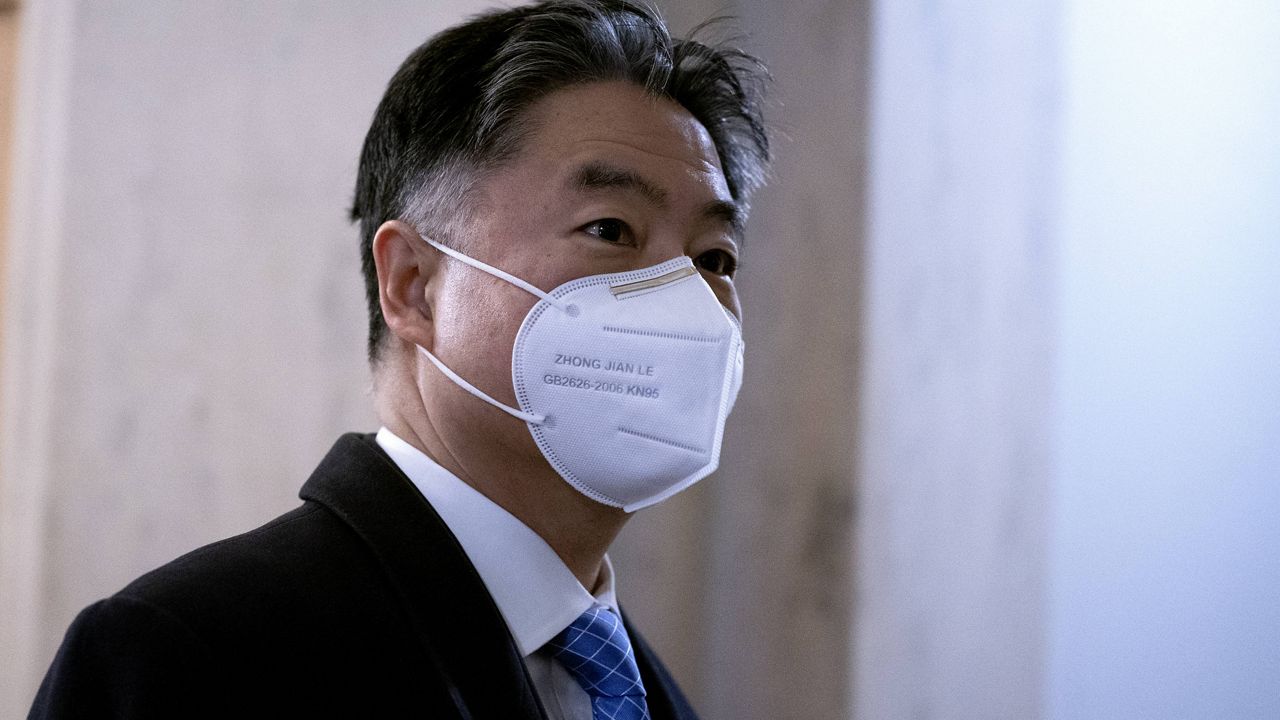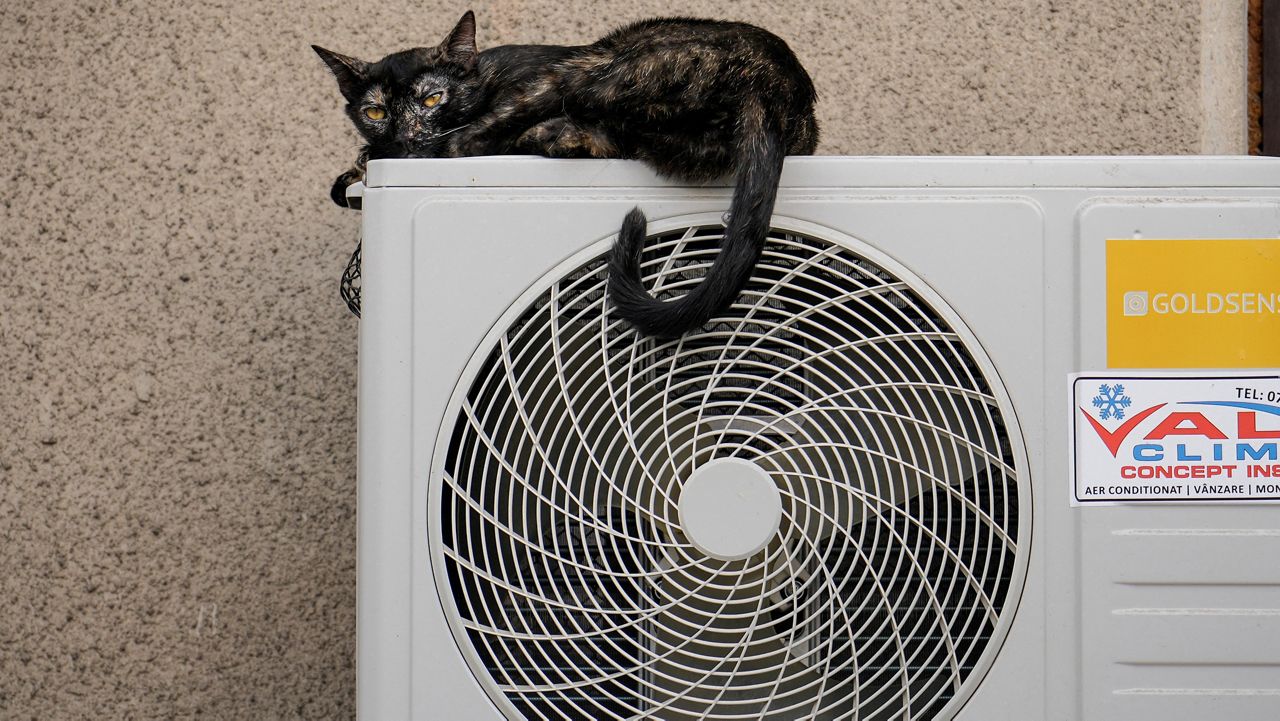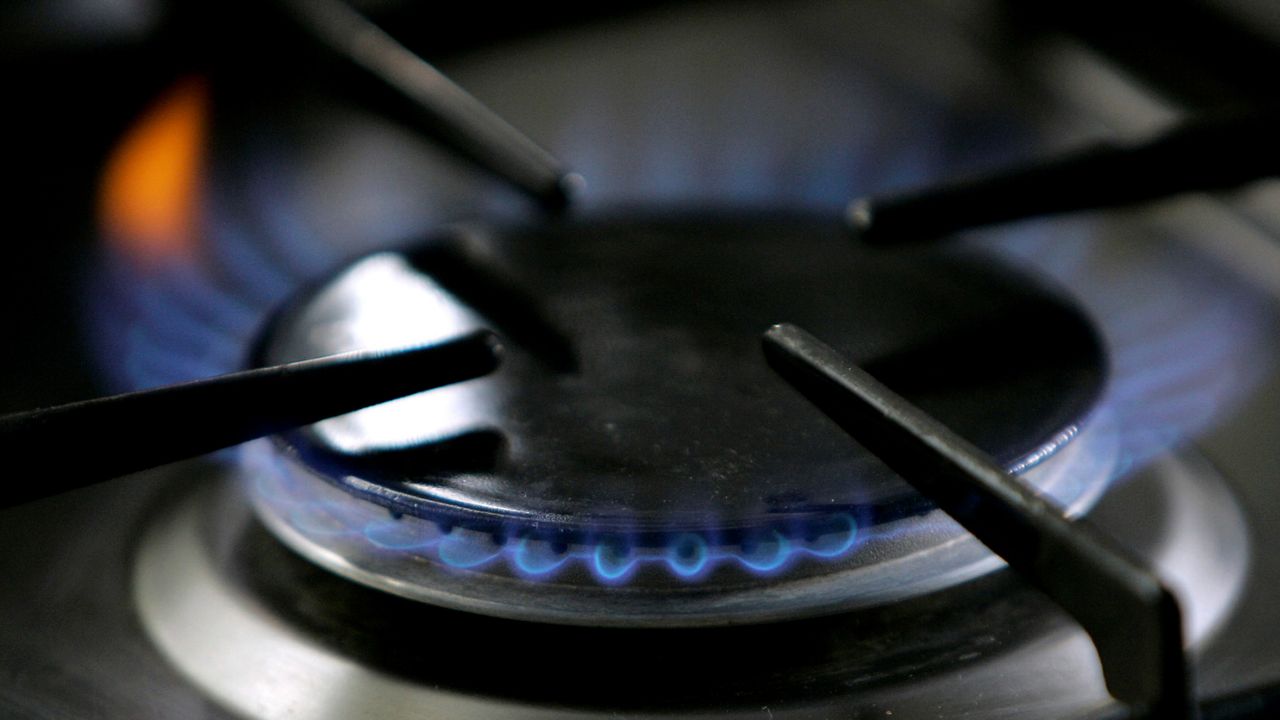LOS ANGELES (CNS) — Rep. Ted Lieu Tuesday called for an investigation by the Environmental Protection Agency and National Oceanic and Atmospheric Administration into the 17-million gallon sewage spill into the Pacific Ocean from the Hyperion Water Reclamation Plant.
What You Need To Know
- Two Los Angeles City Council members introduced a motion on Wednesday to instruct the city's sanitation department to submit a report on how public notification can be improved
- The facility's staff followed protocols during the "once in a career" event, and only their extraordinary efforts saved the plant in what the report called a "near miss," a report said
- The deputy director of Department of Public Health's Environmental Health Program took full responsibility for the cascade of events that followed the emergency release of sewage, according to a July 19 report
- County Public Health Director Barbara Ferrer offered an apology of her own to the Board of Supervisors and the public Tuesday
"Given the severity of recent incidents, the subsequent and continued discharge of untreated and partially treated wastewater near highly trafficked beaches, and the lack of clear communication by the city of Los Angeles, an investigation into the facility's operations, response, and environmental impact is warranted," Lieu, D-Torrance, wrote in a letter to EPA Administrator Michael S. Regan and NOAA Administrator Richard W. Spinard.
"As the city of Los Angeles discharged this wastewater and facility operators attempted repairs, key local first responders and nearby cities were not immediately informed of the discharge in the nearby ocean," he said, adding that it may have violated a 2007 California law he authored to improve reporting of sewage spills.
Two Los Angeles City Council members introduced a motion on Wednesday to instruct the city's sanitation department to submit a report on how public notification can be improved after the department and the Los Angeles County Department of Public Health did not immediately notify the public of a 17- million gallon sewage spill.
The failure to more quickly notify the public of the spill, which ultimately closed beaches from El Segundo to the southern end of Playa del Rey, was largely the fault of a division within the Department of Public Health, according to a report discussed by county officials on July 27.
The facility's staff followed protocols during the "once in a career" event, and only their extraordinary efforts saved the plant in what the report called a "near miss," the report said. Personnel there reached out as required to the duty officer at the California Office of Emergency Services.
That state agency shared some of the blame for the county's slow reaction, failing to make the severity of the problem clear to the numerous federal, state and local agencies they are charged with alerting, according to the analysis by Citygate Associates LLC, a public consulting firm.
However, the deputy director of Department of Public Health's Environmental Health Program took full responsibility for the cascade of events that followed the emergency release of sewage, according to a July 19 report.
County Public Health Director Barbara Ferrer offered an apology of her own to the Board of Supervisors and the public Tuesday.
"There's no excuse for this," Ferrer said of the slow reaction. "It's just multiple failure on top of multiple failure."
According to the Citygate timeline, the OES reached out to the county's Department of Public Health at 8:11 p.m. the day of the spill with an email saying that "most material was contained on site and `some' had been discharged" into the outfall pipe, giving the impression of a minor event, according to Citygate. That same email was sent to numerous federal, state and county agencies.
However, siloed operations, stale procedures, the lack of a central point of command and coordination within the Environmental Health Program were at the root of the failure to react with more urgency and let residents know about the spill as quickly as possible.
Lieu noted in his call for an investigation that two weeks after the incident, the facility was still releasing partially treated wastewater into the ocean. He said it was "seemingly in gross violation of its environmental permit, in addition to local and federal water pollution limits."










